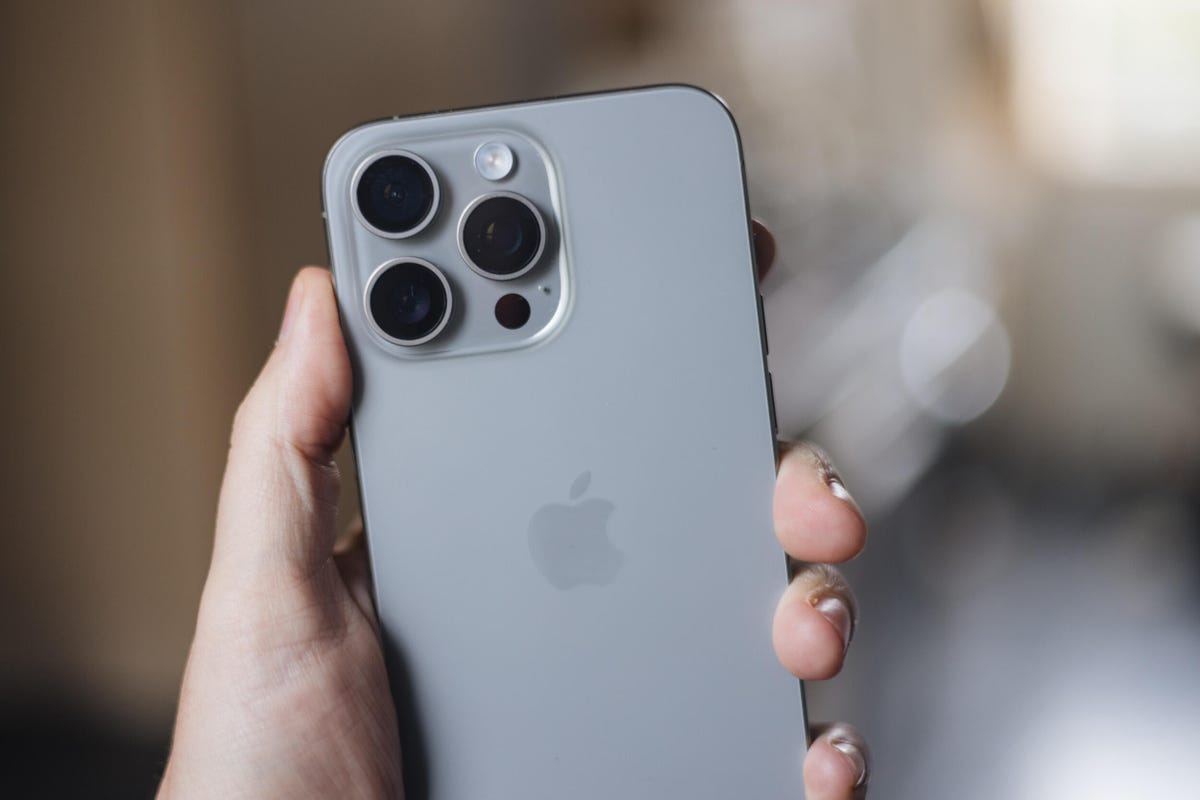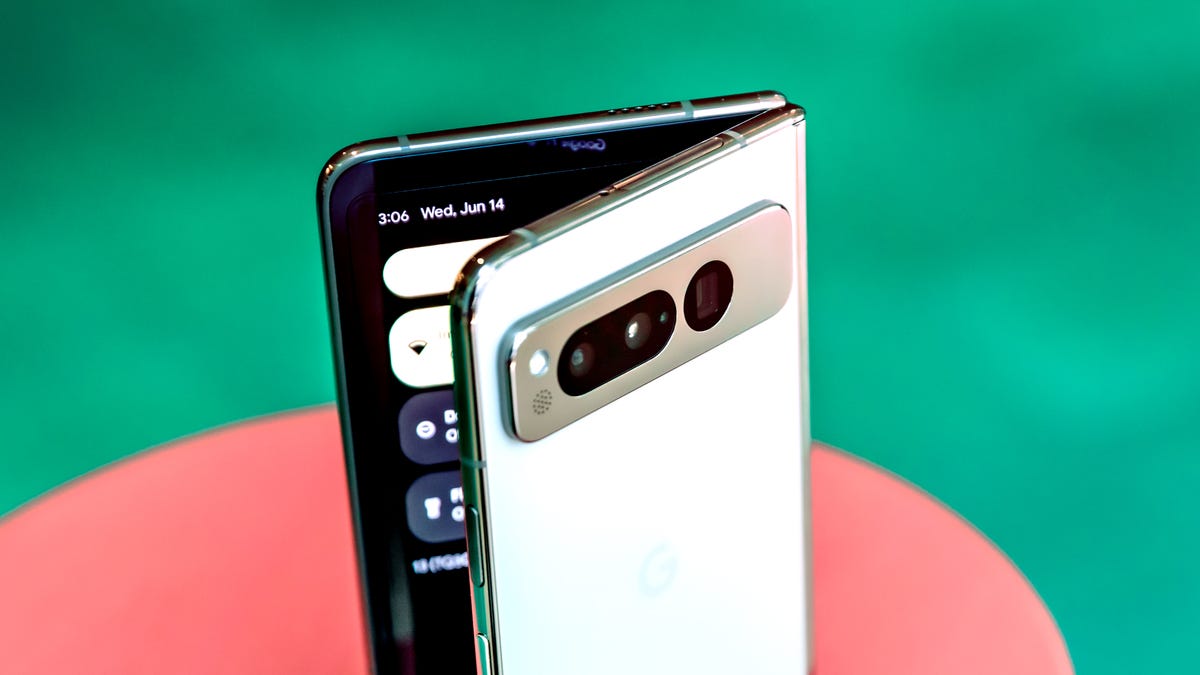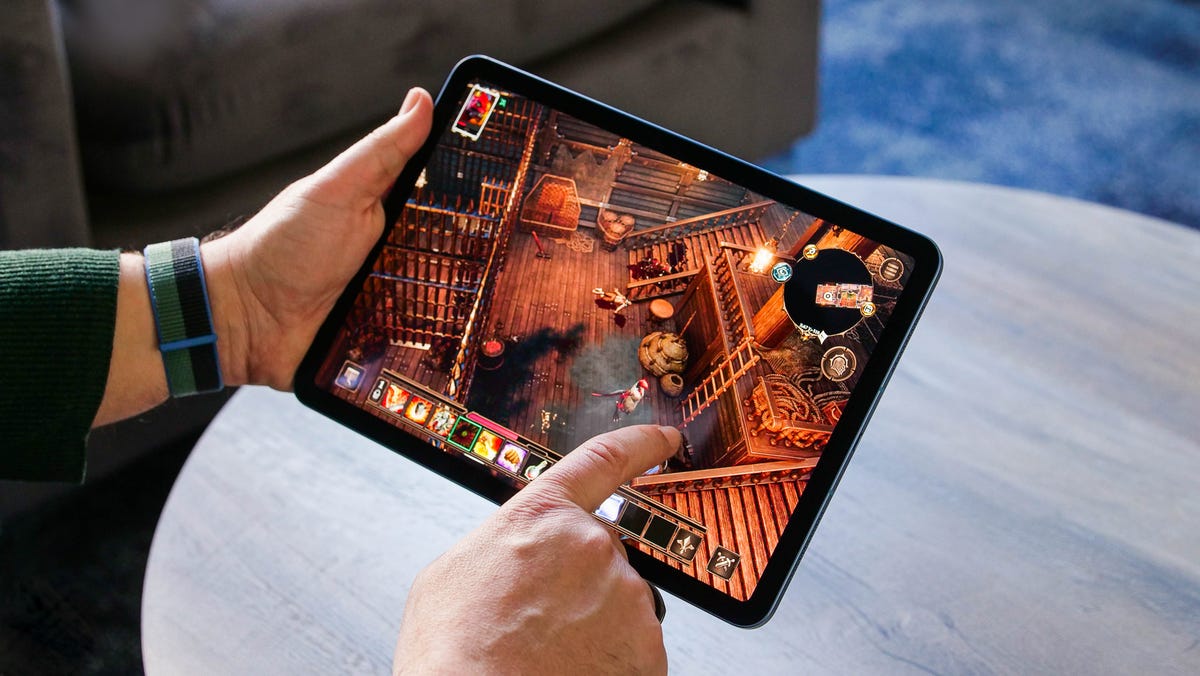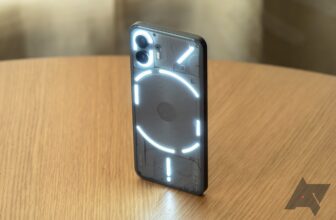
[ad_1]
Apple’s September launch event brought some decent updates to the iPhone 15 Pro line, including a titanium design and USB-C. The Pro Max now has an even longer 5x zoom lens. However, a foldable iPhone was not available. At least not one that can be folded in half without ruining it. But as more mobile companies, including Samsung, Google and OnePlus, start selling foldable devices, Apple is starting to feel like it’s late to the party. And that may be the problem.
While Apple dominates the premium phone category, foldables that fit squarely into premium territory are already catching up, with Motorola telling CNET that customers who purchased the foldable Razr 20% said they switched from Apple. . Meanwhile, Samsung’s Flip and Fold series is in its fifth generation. And, as CNET editor Lisa Eadicicco discovered during her visit to Seoul, South Korea, “foldables are everywhere.”
read more: Best iPhone of 2023

Will Apple go with a smaller format like the Galaxy Z Flip 5?
With both Google and OnePlus getting into the foldable phone game this year, Apple is not only losing potential customers, but also allowing rivals like Samsung to become the category’s go-to name. There are risks involved, which may make it difficult for the company to operate. If Apple eventually launches its own folding product, it will have an impact. Additionally, an early foldable user attracted by the flashy bending technology may become so entrenched in the Android ecosystem by the time Apple’s phones arrive that he or she won’t want to switch to iOS.
But Apple is unlikely to worry. It is predicted that approximately 20 million foldable devices will be sold worldwide by all manufacturers in 2023, and Apple reportedly sold 26.5 million iPhone 14 Pro Max devices in the first half of this year alone. There is. Clearly, Apple knows it hasn’t missed the boat yet.

The iPhone 15 Pro Max is a great phone. But what if it can bend?
Apple has always been successful in taking the time, observing the industry, and launching their own spin on products when they’re ready. Apple didn’t invent phones, tablets, smartwatches, or computers, but it takes existing products and makes them more useful, more valuable, and, dare I say it, more exciting in our daily lives. I found a way. That’s why the iPhone, iPad, Apple Watch, and Mac series dominate the market today.
And for me, I need to know Apple’s take on flip phones. I’ve written before about how disappointed I am with foldable products. I’ve been a mobile reporter for his 12 years, and the phones have become increasingly dull as they converge on slight variations on the same rectangular board.
Foldables promised something new, something innovative, and something that briefly sparked excitement in me, but as the years went by, that excitement waned to the point where it nearly disappeared. They’re great products, and I like the novelty of the bendable screen, but they don’t revolutionize the way you interact with your phone. It’s not like when touchscreens came out when we were still using buttons to enter text.

Google’s Pixel Fold is a great phone, but it doesn’t move the category forward in any meaningful way.
I was hoping that Google’s Pixel Fold would be the phone that would be a quantum leap forward for foldable phones, but while this is a solid effort, it doesn’t bring about any kind of revolution. Instead, it feels like a “me too” move by Google. The same goes for OnePlus Open. So I have no choice but to instead look to Apple, a company with a track record of product revolution, to create a new take on the genre that truly advances the way we use our phones.
But innovation doesn’t just come from product design. Apple works closely with third-party software developers, and it’s their input that helps make the foldable iPhone truly useful. My biggest complaint about the foldable device at the moment is that while the hardware is decent, the device is basically just running a stock version of Android with just a few tweaks to the UI. Thing. They’re just regular cell phones that just happen to bend.
Few Android developers have embraced the folded format, and it’s not hard to see why. There aren’t enough users yet to justify the time and expense of adapting the software to different screen sizes. The fact that multiple foldable formats are already available means that Android foldable devices face the same fragmentation issues that have plagued the platform since its inception. Android-based foldable devices are a more difficult platform for developers to develop on than regular mobile phones. As proven with the iPhone and iPad, Apple could change that.

Apple didn’t invent the tablet computer, but its iPad series revolutionized the category.
Given Apple’s close relationships with top developers, not to mention its own large developer team, we expect Apple’s final foldable model to offer more innovation than just an iPhone that folds in half. doing.
And I sincerely hope so. I look forward to further technical presentations. We all want to feel the excitement of a “wow” moment when we pick up a new gadget and do something transformative for the first time.
In other words, I don’t want to get bored with technology anymore. Apple, it’s over.
I took over 600 photos with the iPhone 15 Pro and Pro Max.see my favorites
See all photos
[ad_2]
Source link







